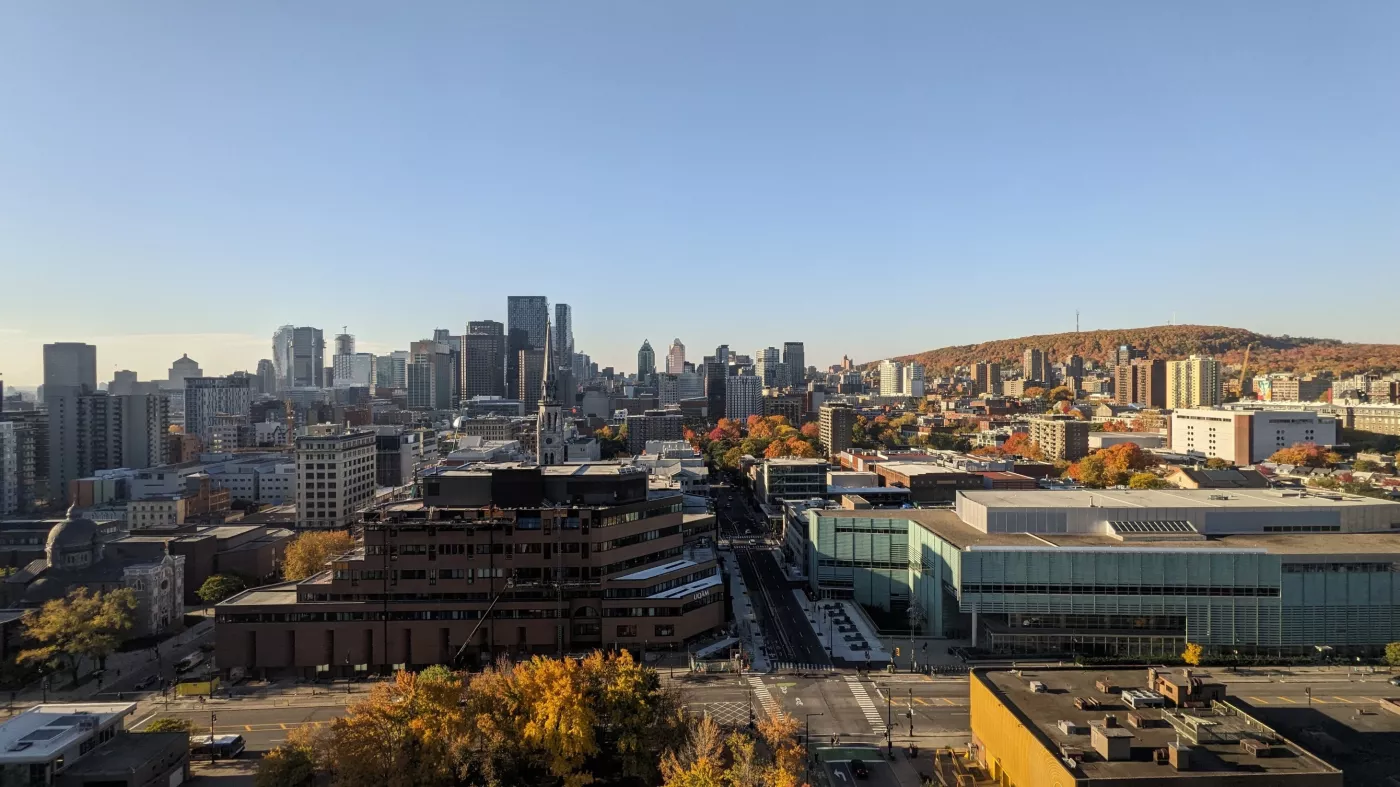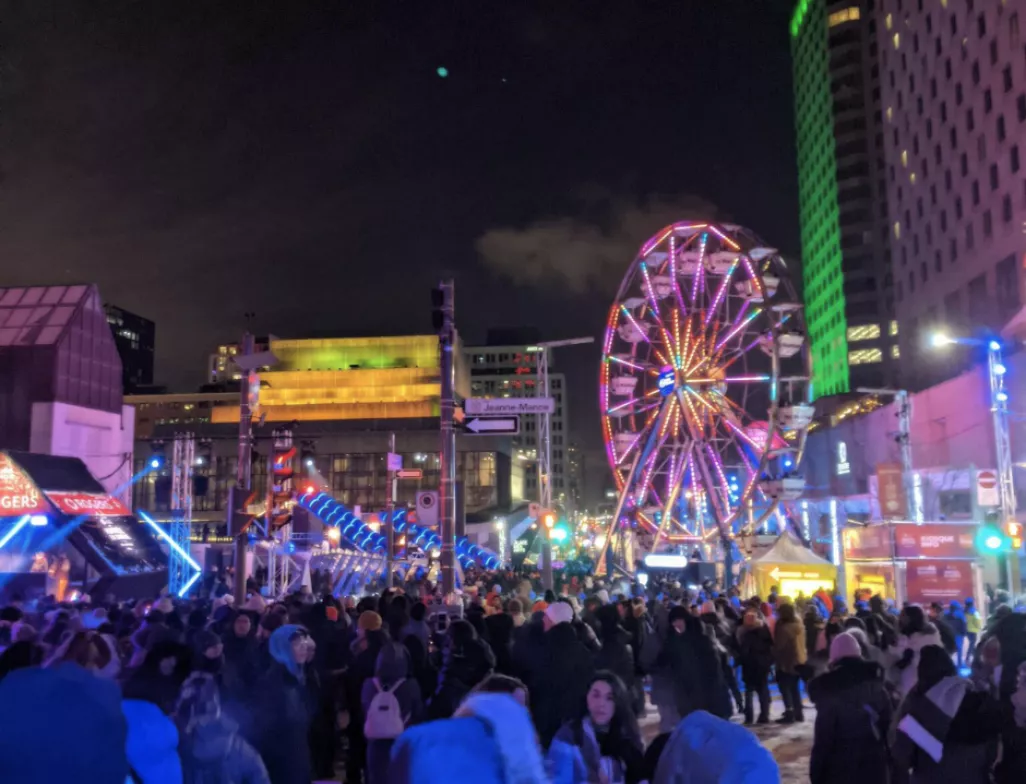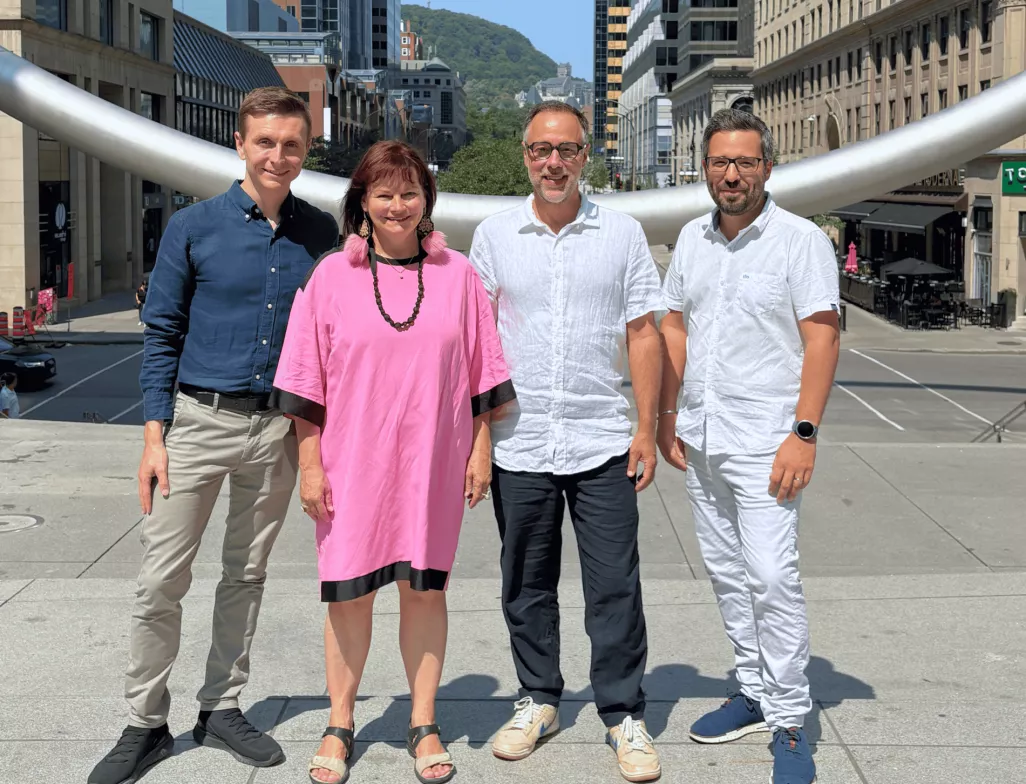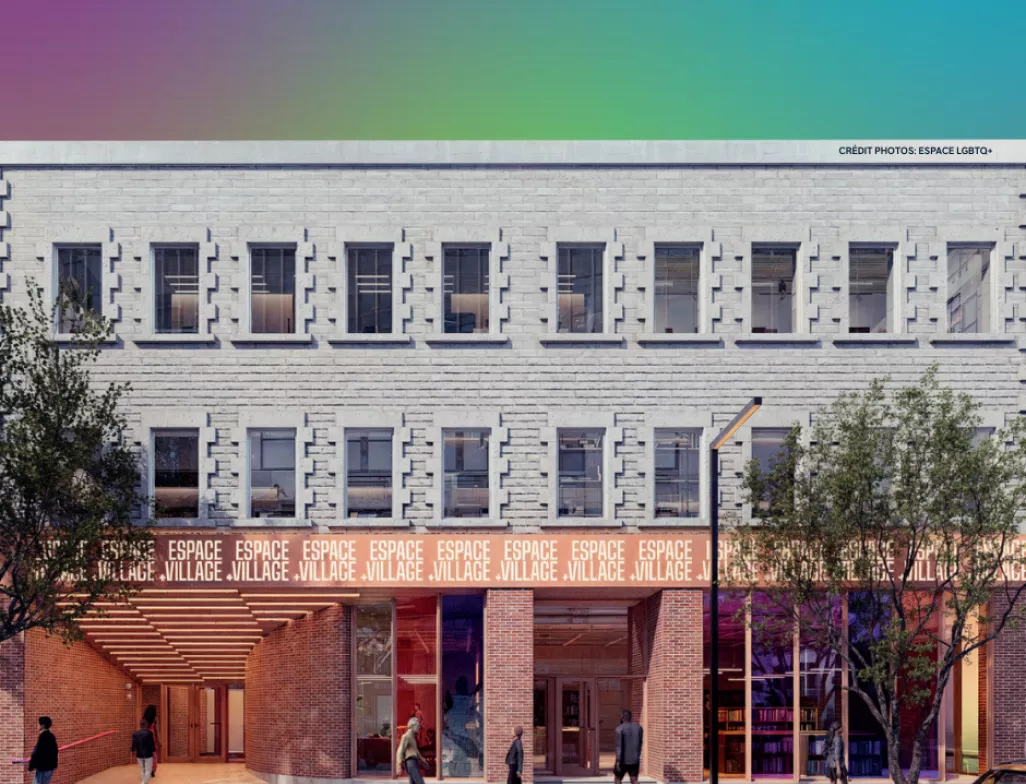
Ville-Marie
Ville-Marie is a diverse borough, ranging from the bustling downtown core to Chinatown, including the Village, the Latin Quarter, Centre-Sud and Shaughnessy. Each area has its own unique atmosphere and enriches the cultural diversity of the city. The economic heart of Montreal, the borough is also home to the Old Montreal, a living testament to the city's history, which attracts many tourists every year. Ville-Marie also benefits from Montreal's green lung, Mount Royal, which serves as a natural refuge from urban activity. It is a place where the past, present and future meet.

Local Team

Our commitments
Mobility—calmer neighborhoods, more efficient, safer, and more reliable transportation for all ages
- Pedestrianize Sainte-Catherine Street year-round between Papineau and Saint-Hubert in collaboration with Village residents, the SDC, and local organizations, and gradually pedestrianize certain sections of Sainte-Catherine West in consultation with the community
- Create sustainable mobility corridors, bus and express bus lanes, and priority traffic lights for buses on major arteries, including René-Lévesque, Sherbrooke, Ontario, St-Urbain, Notre-Dame, Iberville, and Frontenac.
- Implement a local urban planning and mobility plan (PLUM) that takes into account different realities and organizes public consultations on a neighborhood-by-neighborhood basis.
- Improve the sticker system by including stickers for visitors and pooling large private parking lots and partners in the city center.
- Eliminate through traffic around schools and in neighborhoods, particularly Marguerite-Bourgeois, Garneau, and Champlain schools.
- Add reserved parking spaces for car sharing.
- Create green alleys and white alleys to improve quality of life year-round.
- Create a small square near the Saint-Jacques market, particularly around Wolfe Street, to promote accessibility and activity, with a pedestrian-priority street.
- Make downtown streets and intersections safer with temporary infrastructure (pavement islands, virtual curbs, flower boxes), in collaboration with the SDC.
- Increase the use of cargo bikes for deliveries in the downtown area.
- Develop a downtown transportation management plan with “low-emission arteries” to limit access by gasoline-powered motor vehicles.
- Develop a bicycle plan for Ville-Marie, with a particular focus on the city center, and secure existing routes.
- Add a bike lane on Atateken.
- Separate the Commune route from the pedestrian crossing.
- Complete the Peel, Viger, and Saint-Antoine REV routes.
- Extend and perpetuate the bike lane on Ontario.
- Improve the safety of existing bike routes such as Notre-Dame, René-Lévesque, and De Maisonneuve.
- Better connect student hubs (Concordia, McGill) to residential neighborhoods and public transit through continuous, protected bike routes.
- Add bike lanes in the city center
- Secure the Guy/Côte-des-Neiges route with protected bike lanes between René-Lévesque and Sherbrooke.
- Redevelop metro exits to make them greener, include public markets and/or mixed-use real estate projects, among other things by revitalizing and calming the Saint-Laurent and Atwater stations.
Climate - greener and more resilient living environments
- Ensure that no street is without trees by accelerating planting, thereby reducing heat islands and flooding
- Accelerate the creation of sponge parks and transform streets into sponge streets by taking advantage of all infrastructure work to integrate absorbent infrastructure and reduce the risk of flooding.
- Create new parks and green spaces, and continue to improve existing park infrastructure, including:
- A new park in Old Montreal
- A green space in the Quartier des Spectacles
- A community garden on Gosford Street in Chinatown and redesign the park plan
- Expand Dieppe Park
- Revise Persillier-Lachapelle Park to better meet the current needs of users.
- A pilot project for community and collective gardens on one of the large institutional properties in the Peter McGill neighborhood
- Create water features in certain public squares in the Peter McGill neighborhood to cool the spaces in summer.
- Increase the supply of public family parks, including through partnerships with private landowners to ensure public access.
- Create an “Adopt a Curb” program, inspired by the tree square adoption program, to give citizens more green space.
Cohabitation – welcoming, inclusive, and safe neighborhoods
- Create good neighbor committees and brigades with community organizations, business associations, and residents to improve cohabitation, particularly in areas near supervised injection sites and where there is a higher concentration of resources for vulnerable people.
- Create more social housing through differentiated zoning and incentives to get the most vulnerable people off the streets.
- Focus on prevention, support for people experiencing homelessness or addiction, harmonious coexistence in public spaces, and the fight against exploitation and sexual violence against women and girls to ensure a safe downtown core.
Social development – vibrant, inclusive neighborhoods
Culture, sports, and recreation
- Enliven and enhance programming for families, youth, and newcomers in the Peter-McGill sector through the new Sanaaq center, making Sanaaq a true hub for community engagement, and hold one borough council meeting there per year.
- Install outdoor gyms and playgrounds in the Saint-Jacques neighborhood, particularly at Espace Faubourg Québec and Charles-Mayer Park.
- Develop public access to the river, including urban beaches on land such as the CN site and a promontory at Pied-du-Courant.
- Protect cultural creation, dissemination, and commercialization centers from the effects of gentrification by using tools such as vertical zoning to protect artist studios and smaller exhibition spaces.
- Offer more sports facilities in Peter-McGill by pooling CSSDM school infrastructure and taking advantage of new school planning.
- Encourage the temporary occupation of vacant commercial buildings in the city center by cultural creation and dissemination spaces through regulatory relief and/or financial incentives, such as a reduced tax rate.
Memory and heritage
- Showcase LGBTQ+ heritage in a dedicated space on Sainte-Catherine Street, paying tribute to LGBTQ+ activists such as Joe Rose at the Frontenac metro station and Laurent McCutcheon in the Village.
- Create a cultural space under the Jacques Cartier Bridge to showcase industrial ruins, similar to the Mémoire neighborhood in Old Montreal.
Housing - affordable and inhabited neighborhoods
- Support non-profits and relevant housing consultation bodies with a dedicated fund of $500,000.
- Protect existing housing stock from speculation and deterioration by continuing inclusive zoning efforts
Economic development - dynamic and innovative communities
- Improve access to local businesses in medium-density areas to promote a diverse and accessible local offering and pop-up shops.
- Transform Ontario Street into a dynamic and attractive local commercial artery by reducing through traffic and making the 125 bus line more efficient and fluid.
- Create a local initiatives fund (FIL) in the Latin Quarter and enhance the one in the Village to strengthen their cultural, economic, and social identities.
- Develop a universal accessibility action plan for the Ville-Marie borough.
- Dress up the facades of vacant stores to liven up the area and reinforce cleanliness and a sense of security.


